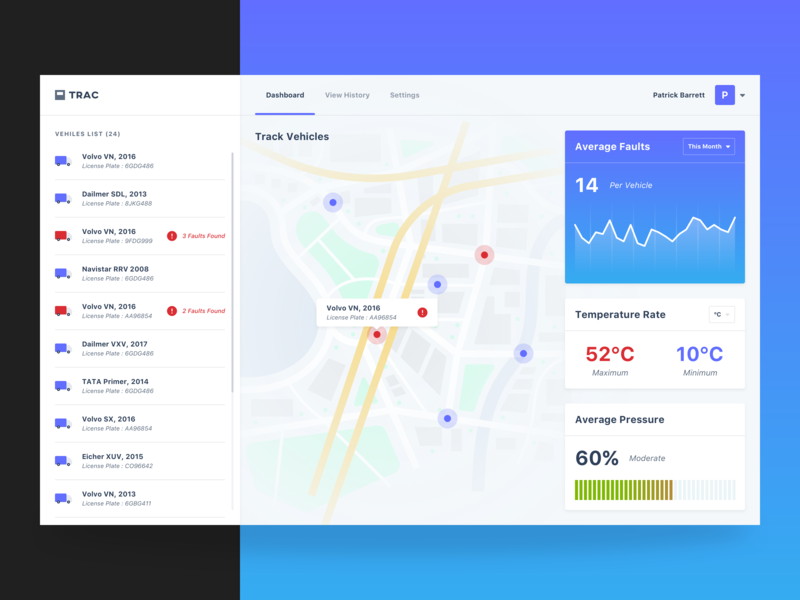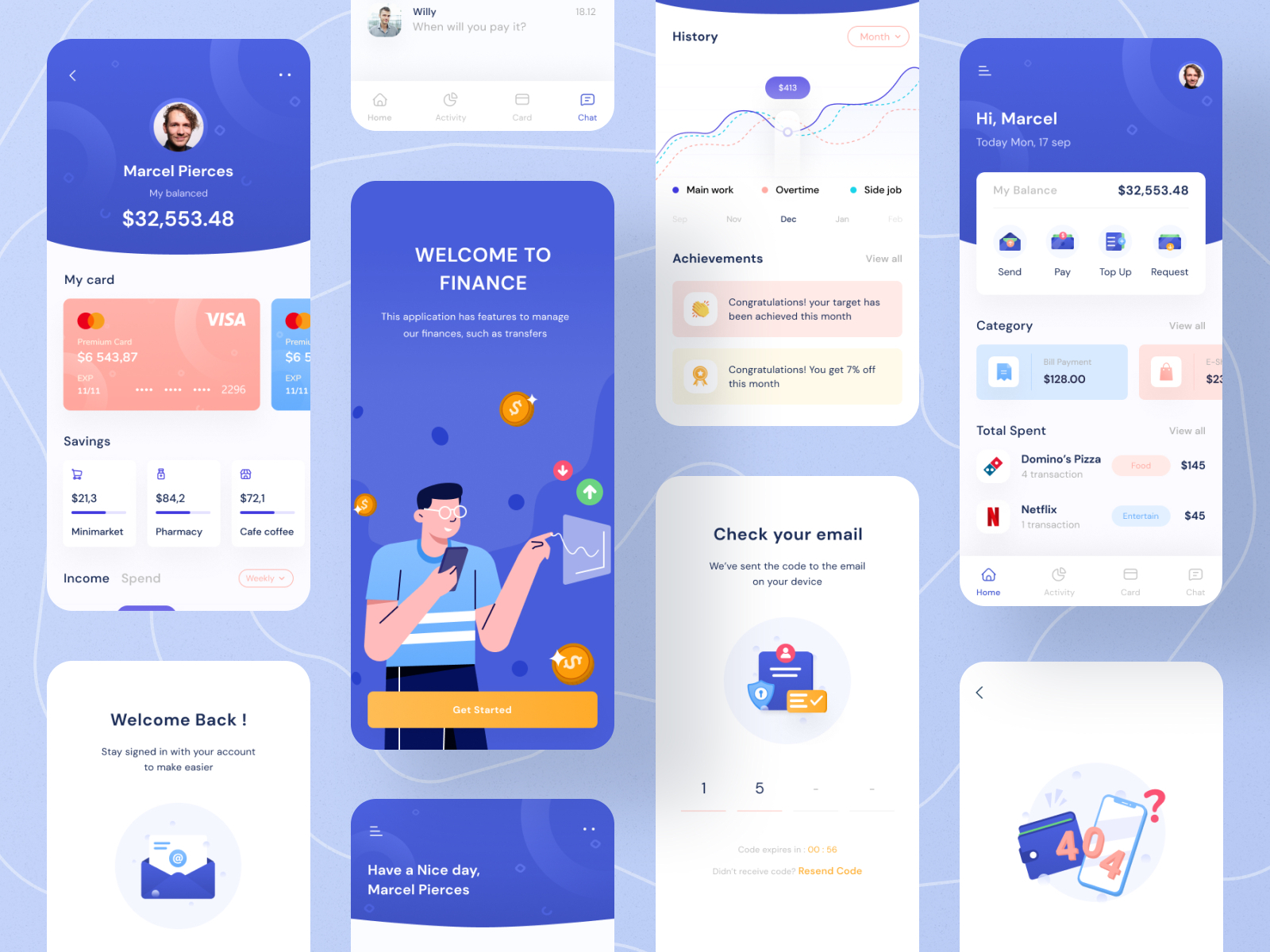

Eye tracking data doesn’t take this into account. We still ‘see’ screen elements in our peripheral vision, but just don’t ‘look’ at them.
Eye-tracking technology focuses on foveal vision (focused, central vision) and not peripheral vision, which accounts for 98% of our visual field. Some user researchers introduce eye-tracking in good faith, then find they’re overwhelmed by the data and drop the technique.įinally, while eye-tracking can reveal great insights, it can’t override human visual perception. Unlike many technologies such as real time streaming that have been effortlessly incorporated into user research studies, eye tracking requires special training, experience and a whole lot of analysis. Secondly, eye-tracking is hard to do right.
#ITRACKING UI FOR BUSINESSES PROFESSIONAL#
A professional eye-tracking system could cost you around $10,000 (do some price comparison here), which is a big investment for something that is going to supplement, not replace, your current UX research tools. So, why aren’t we all doing eye tracking already?īefore you all get too excited, we have to point out that eye-tracking does have its less awesome aspects.įirst and foremost, it’s expensive. This provides the testing team with a deeper understanding of behavioral patterns and therefore allows them to ask more relevant and personalized questions, for fuller insights into the user’s interaction.
#ITRACKING UI FOR BUSINESSES SOFTWARE#
User testing with eye tracking software allows UXers to watch the live eye tracking stream provides during usability testing. Which content attracts and which is unnecessary.Which UI elements distract their attention, as an accompaniment to the concept of Fitts’ Law (object “weight” - in visual hierarchy - is a determining factor in what attracts eyes and mouse clicks).Whether participants are missing key UI elements - showing what things on the screen people didn’t look at.Including eye-tracking in a usability research study can help you figure out: Knowing rather than guessing exactly where people are looking when using your app or website is like gold to a UI designer, and UXers.Įye-tracking gives you insights into sub-conscious movements and behaviors, and helps identify usability glitches that otherwise might have lain hidden. What are the benefits to the UX process?Įye tracking can provide you with information that is impossible to glean without the technology. So, fixation points are like stops on a subway and saccades are the short journeys between each stop. Saccade: the moment when a participant’s eye is in motion, roving over the interface without fixing on anything.Fixation: the moment when a participant’s pupils lingers over a UI element long enough to process it.

Right now, when UX researchers reference eye-tracking, they’re referring to a usability testing technique that involves “ measuring either where the eye is focused or the motion of the eye as an individual views a web page.”ĭigging down into a little more detail, eye tracking experts work off moments of “fixation” and “saccades” The data produced allows UX researchers to glean previously hidden insights into not just where study participants look, but what they’re thinking. Nowadays, eye-tracking software use infrared technology to measure the movement and dilation of a person’s pupils as they look at a screen. Obviously, eye-tracking techniques and applications have changed a little since then. This device helped him discover causes of fatigue and eye tension in reading, as well as raise questions related to reading fluency. Huey’s eye tracker used a contact lens connected to an aluminum pointer to track eye movement.

In the late-1900s, Edmund Huey built a device to track eye movement in reading. What is eye tracking?Įye tracking technology may sound like the vanguard of usability testing, but the methodology has actually been around for over 100 years, making the rounds in science, marketing and now usability studies. Read our quick guide and decide if eye-tracking is the next tool in your UX research kit. But despite the user testing incentives, companies new to eye tracking should assess the benefit-cost ratio. Should you shouldn’t you?Īccording to UX Magazine, eye-tracking makes user testing less dependent on direct contact with the testers and therefore allows UXers to capture real physiological insights about their testers’ conscious as well as unconscious behaviors. Whether eye tracking has earned its place in the UX process has been debated back and forth for over a decade. But others are up for discussion - eye-tracking for example. The benefits of classic usability testing methodologies - wireframing, prototyping, user interviews etc - are non-negotiable. UX designers’ quick guide to eye tracking: when, how and why to use it to improve the user experience


 0 kommentar(er)
0 kommentar(er)
